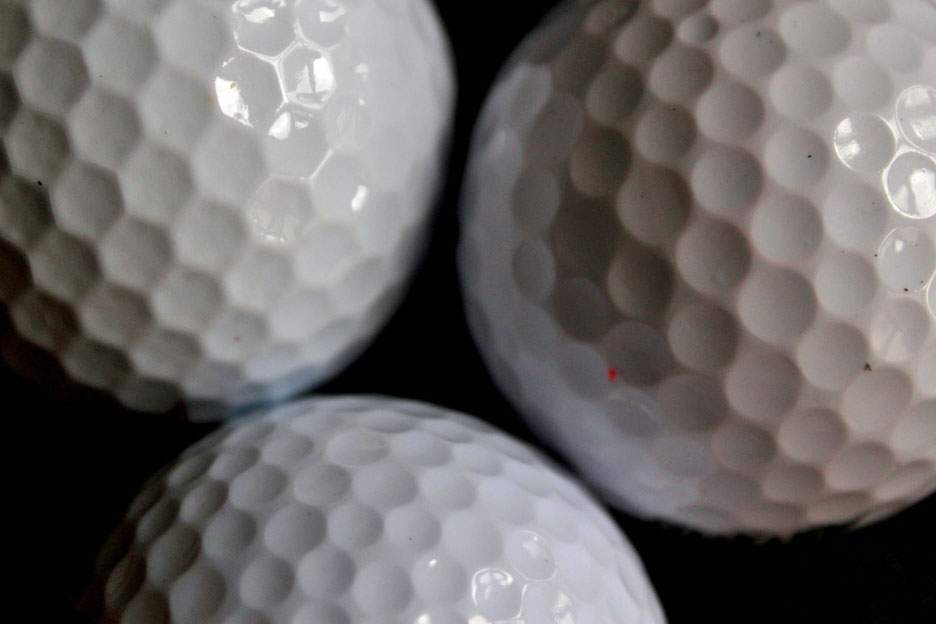
You're out on the golf course one pleasant afternoon. Your ball is set on the tee. You lean over the ball. You grip the club just right.
Your arms are straight. Your stance perfect. Whoosh! You swing, and the ball takes off toward the green, sailing in a beautiful arcalmost as if it's weightless.
Your impeccable technique certainly has a lot to do with the success of that drive, but you got a major assist from the little dimples on the golf balland they're the subject of this Moment of Science.
Why Do Golf Balls Have Dimples?
Combined with the proper spin, the dimples help keep the ball in the air longer, and here's how.
Your picture-perfect swing puts backspin on the ball. The dimples trap a layer of air next to the ball, and this layer spins with the ball.
The air being dragged across the top of the spinning ball moves in the same direction as the air that's rushing past. As the air spinning with the ball comes around the bottom it is moving in the opposite direction from the air on top, and therefore against the onrushing air. Consequently it's slower than the air on top.
High Pressure
A slow moving air stream has higher pressure than a fast moving air stream. So, the higher pressure on the bottom of the ball is going to hold the ball up longer.
The effect of the dimples is so significant that a drive of two-hundred yards hit with a dimpled golf ball, would be shortened with a non-dimpled ball to about one hundred yards.









